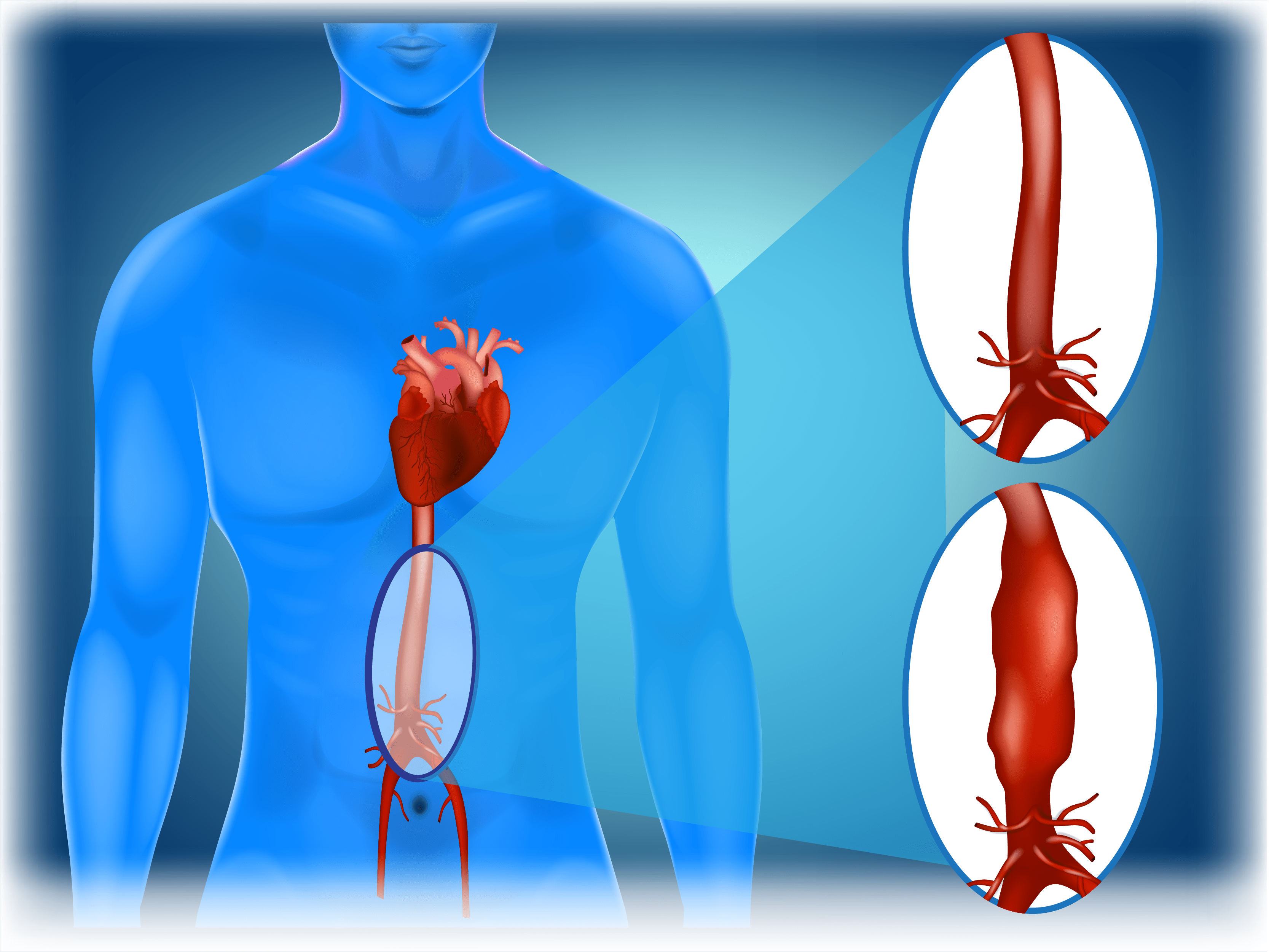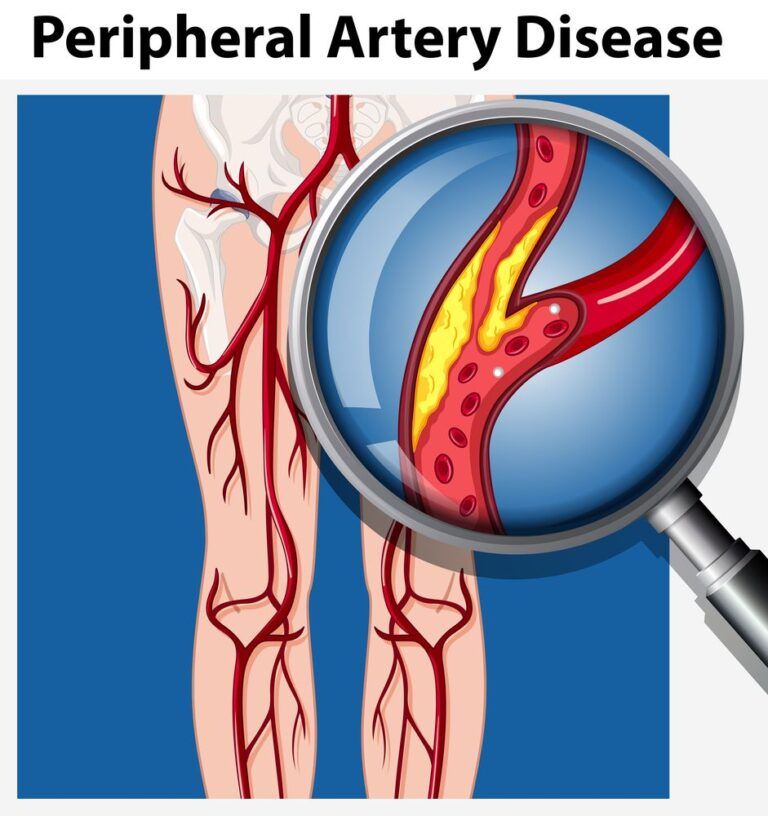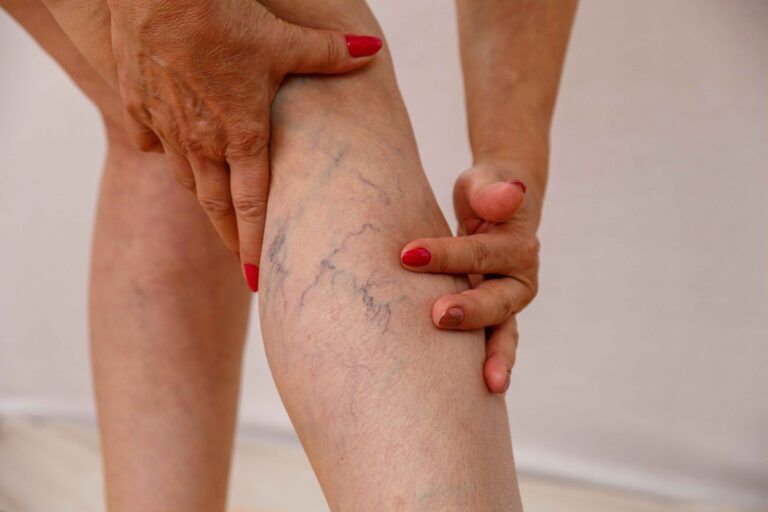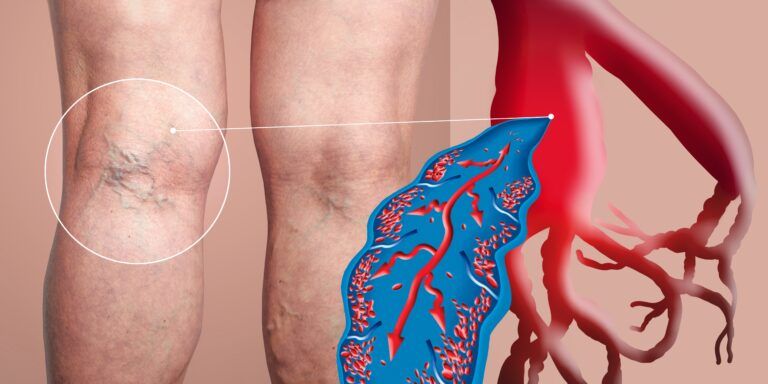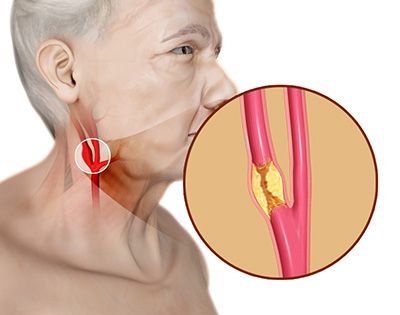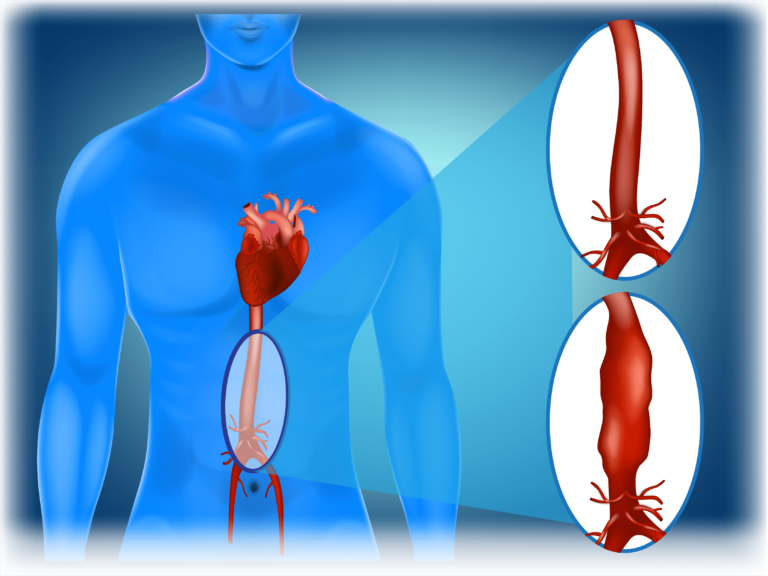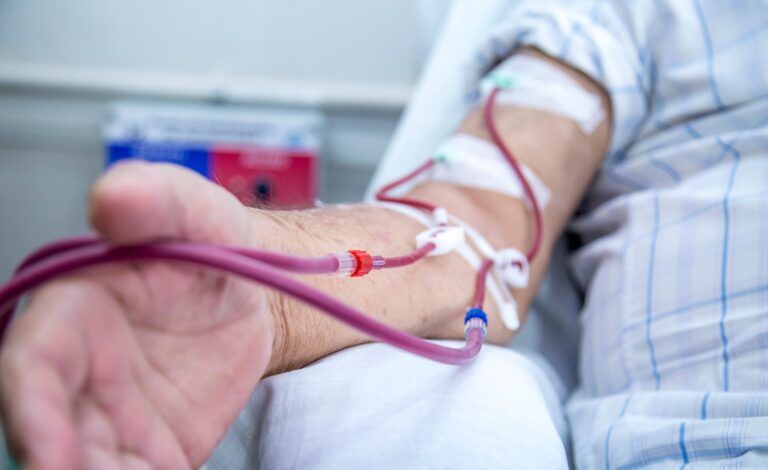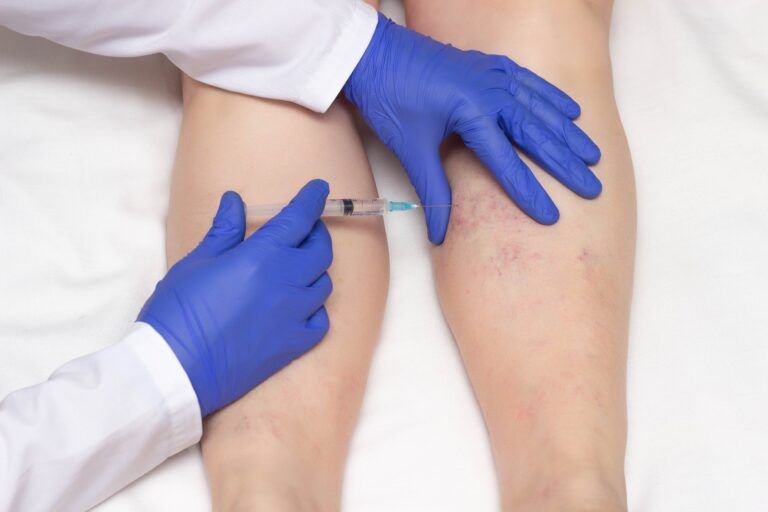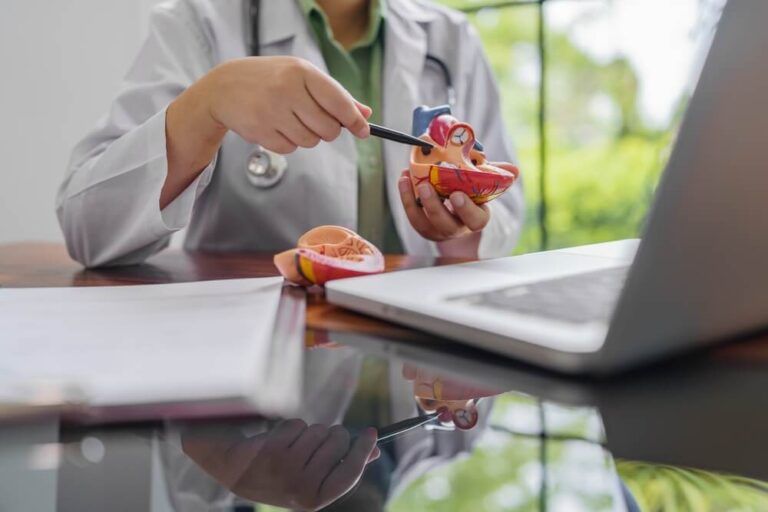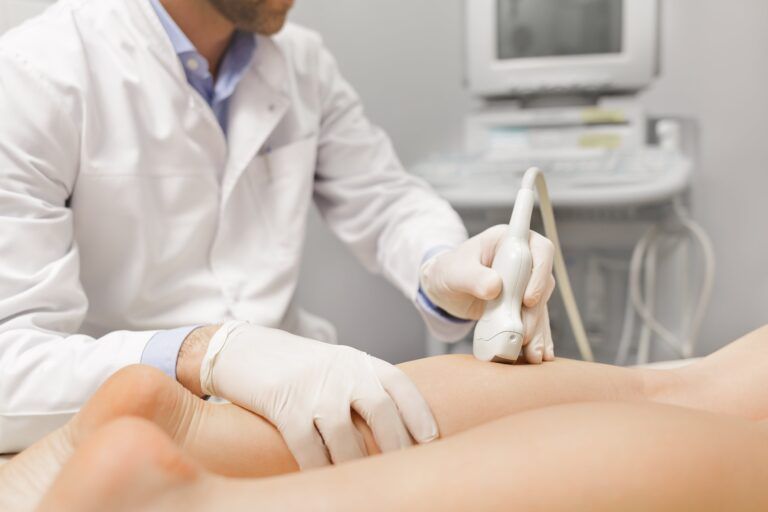An aortic aneurysm can get large enough to rupture, a dangerous emergency that makes this condition the 15th leading cause of death. You can prevent an emergency by meeting with Christopher Pollock, MD, at Apex Vascular in Lenoir City, Knoxville and Crossville, Tennessee. Dr. Pollock can assess your risk, use noninvasive ultrasound to screen for and monitor an aortic aneurysm, and recommend aortic aneurysm repair to treat the problem before it has a chance to rupture. To learn more or schedule an appointment, call the office or use the online booking feature today.
When would I need aortic aneurysm repair?
An aneurysm occurs when a small area in a blood vessel wall weakens and thins out. Blood flowing through the vessel pushes against the wall. This makes the weak area balloon out, creating an aneurysm.
If you have an aortic aneurysm, the bulge appears in the aorta, the large artery carrying blood from your heart to your body. The aorta goes down through the center of your chest and abdomen.
If the aneurysm appears in the chest area, it’s called a thoracic aortic aneurysm (TAA). When the bulge develops in the lower aorta, you have an abdominal aortic aneurysm (AAA).
Small aortic aneurysms have a low risk of rupturing. You need to have the vessel repaired when the aneurysm gets large enough to rupture or if ultrasound monitoring shows it’s enlarging rapidly.
What symptoms indicate I need an aortic aneurysm repair?
Aortic aneurysms don’t cause symptoms until they get large enough to rupture. A rupture causes:
- Sudden, severe pain
- Dizziness or lightheadedness
- Nausea
- Fainting
- Cold, clammy skin
- Sweating
- Fast heart rate
A ruptured aortic aneurysm is a medical emergency because the large vessel quickly releases a lot of blood. Call 911 immediately for emergency treatment.
Can I prevent the need for an aortic aneurysm repair?
You can’t prevent surgical repair if the aneurysm reaches a certain size. However, you can prevent a medical emergency if you have a vascular ultrasound to screen for an aneurysm.
Men aged 65 and older with a history of smoking should get a one-time screening. Otherwise, Dr. Pollock may recommend screening based on your risk of developing an aortic aneurysm.
What happens during an aortic aneurysm repair?
In some circumstances, you may need open surgery to repair the blood vessel. However, Dr. Pollock usually performs minimally invasive endovascular surgery.
He makes a small incision in your groin, inserts a long, narrow catheter into a blood vessel, and uses real-time X-ray imaging to guide the catheter to the aneurysm.
Then he releases a stent graft from the catheter into the aorta, placing it over the bulging wall. The graft expands and stays in place, strengthening the wall and allowing blood to bypass the weak area by flowing through the stent.
To learn if you should be screened or if you need an aortic aneurysm repair, call Apex Vascular or book an appointment online today.

